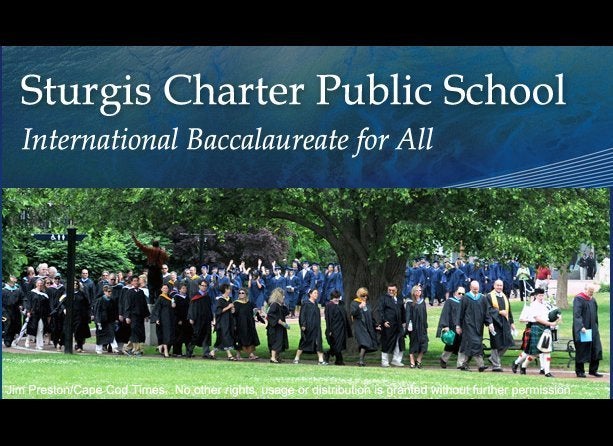
In a move that truly places top-performing students above all others, the Bronx High School for Medical Science is facing backlash for denying some students of math and English classes.
Citing a teacher shortage, school officials are allowing junior honors students to take math and English classes -- enough to graduate early -- but are telling non-honors juniors that there simply aren't enough teachers for them to take math or English courses for the next semester or two. Those students, DNAinfo reports, will be given an opportunity to make up those credits later.
But students are concerned that they are falling behind on English and math skills while they wait for a semester, or a year, to take those courses. They're also worried that it'll affect their performance on the SATs and odds of college admission.
"I feel like this school is just setting you up for a two-year college," junior Kavoy Mayne told DNAinfo.
But school officials insist that students who are not taking regular semester English and math courses will be allowed opportunities to meet graduation requirements. The principal, students say, has also said that the school is meeting legal requirements -- the only course that the state Department of Education requires students take every year is physical education.
Megan Hester, collaborative coordinator at the Annenberg Institute for School Reform, said the school may cornered into making a “devil’s bargain” between financing the honors program and providing core courses each semester.
“It speaks to how budget constrains can limit a school’s ability to prepare kids for college,” she said. "Schools should be concerned about getting students to that level, not just getting them sufficient credits.”
In a survey out this week by the New York State Council of School Superintendents, more than three-quarters of schools chiefs predict that their districts will, at some point, no longer be able to balance budgets to cover financial obligations -- 9 percent foresee financial insolvency within two years, while 41 percent predict the same within four years.
“The challenge school district leaders face is not just balancing budgets, but improving educational outcomes and providing students with the learning needed to excel in the real world,” Council Executive Director Robert Reidy said in a statement. “But under current state educational policies, it’s becoming increasingly difficult to do both. We’re being forced to cut staff and eliminate programs and this has an inevitable impact on learning.”
The state has increased school funding by 4 percent this year, following two years of cuts and one year of flat spending. According to an analysis from the Center on Budget and Policy Priorities, New York has seen a 0.1 percent decrease in per-pupil spending since 2008, but has increased per-student dollars by $272 in the last year.
The concern among state superintendents also come amid the looming so-called fiscal cliff. Education advocates say that across-the-board cuts could threaten nationwide supports for America's children. A Senate report predicts that if Congress doesn't soon provide a solution to the pending automatic budget cuts, Title I funds for poor students, state grants for special education and the Head Start public pre-school program stand to lose $2.7 billion over 10 years. Teacher job losses could amount to 15,000, and as many as 10,000 special education workers could face pink slips.
